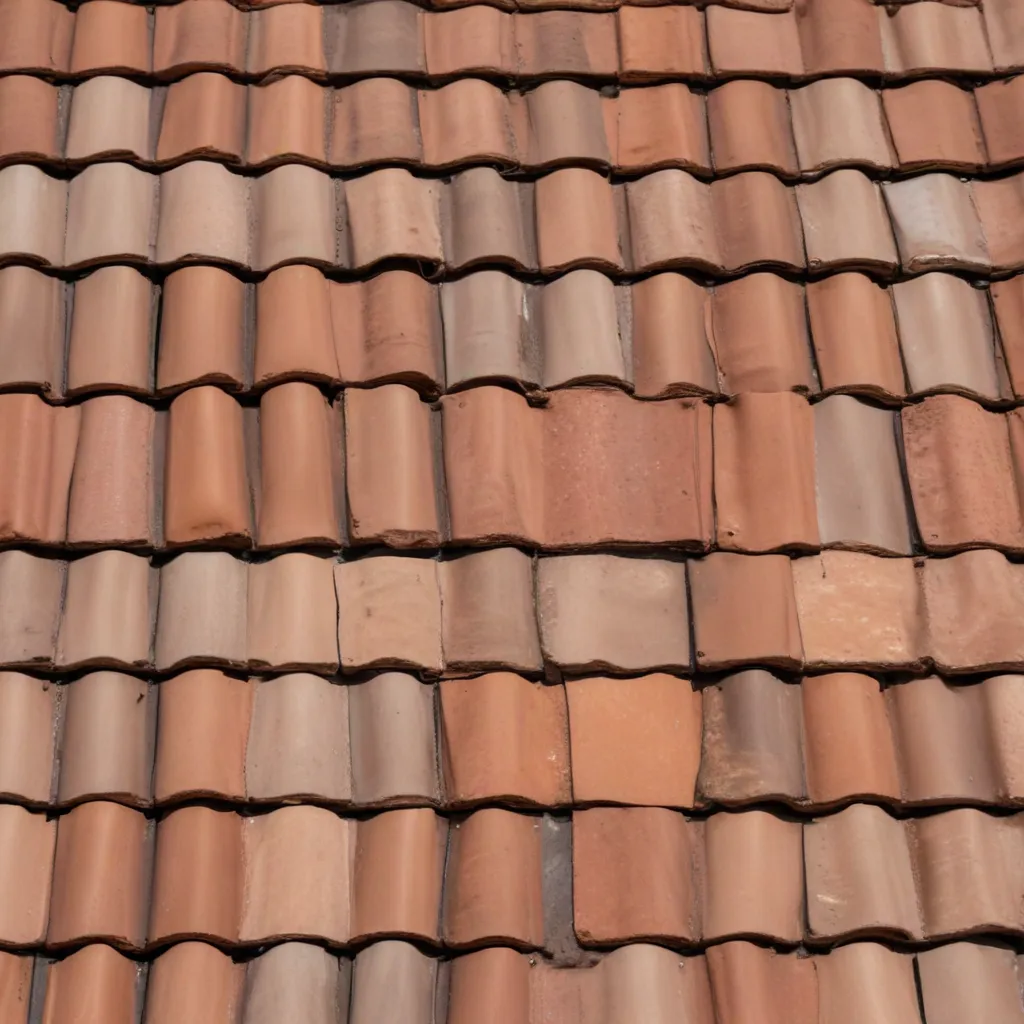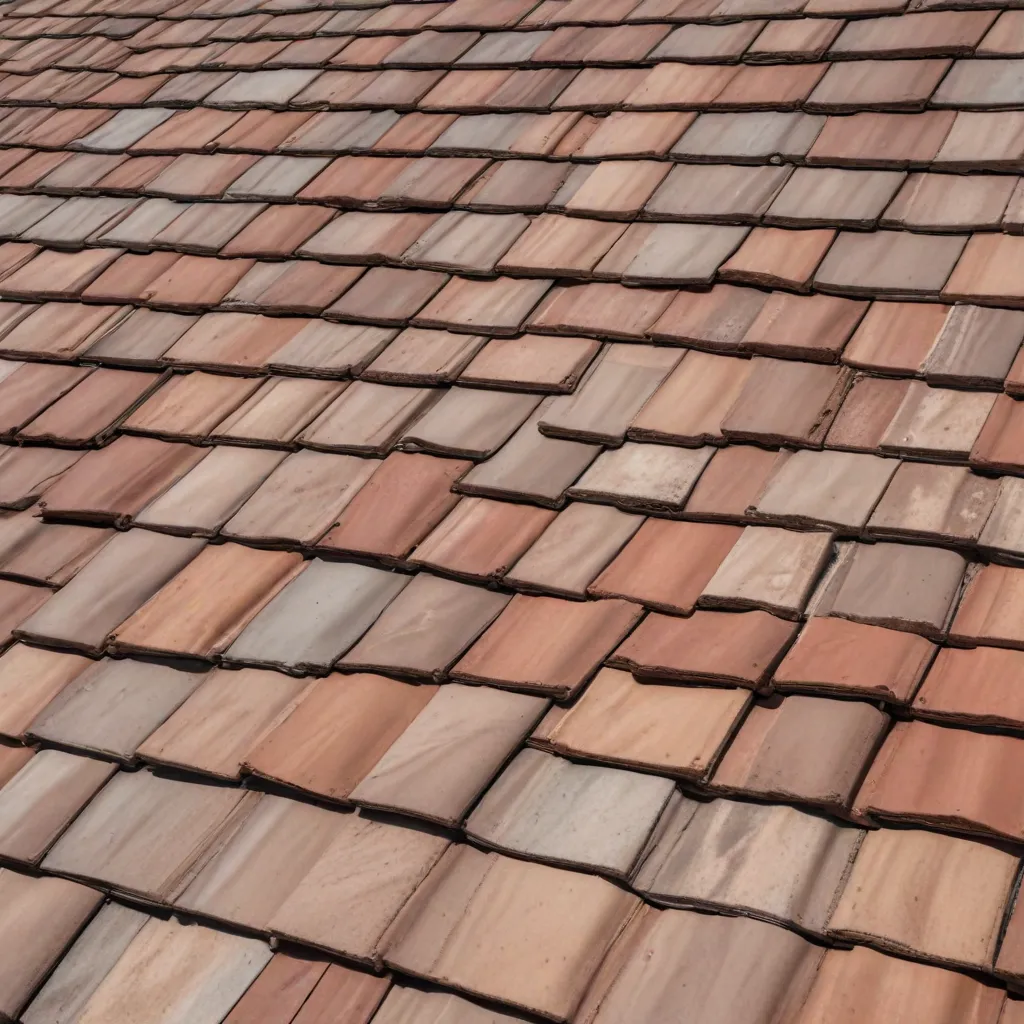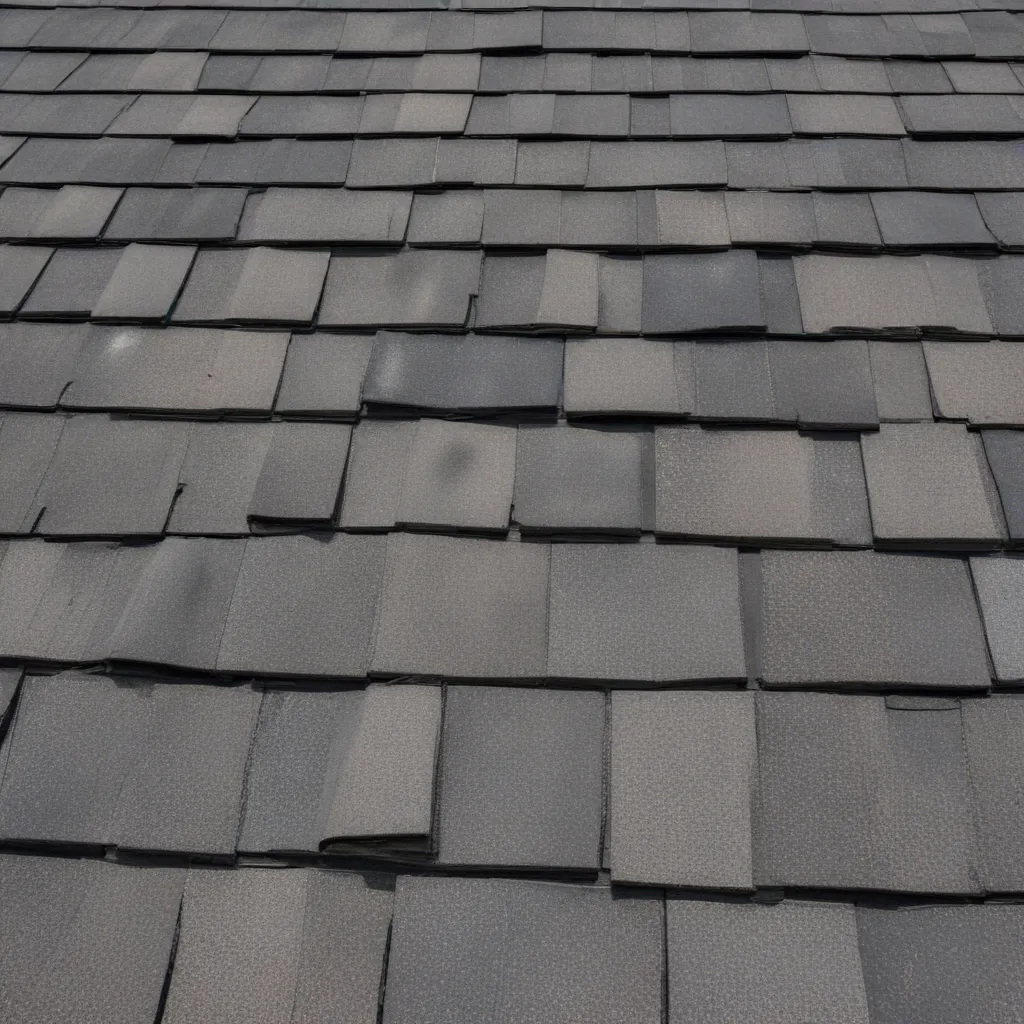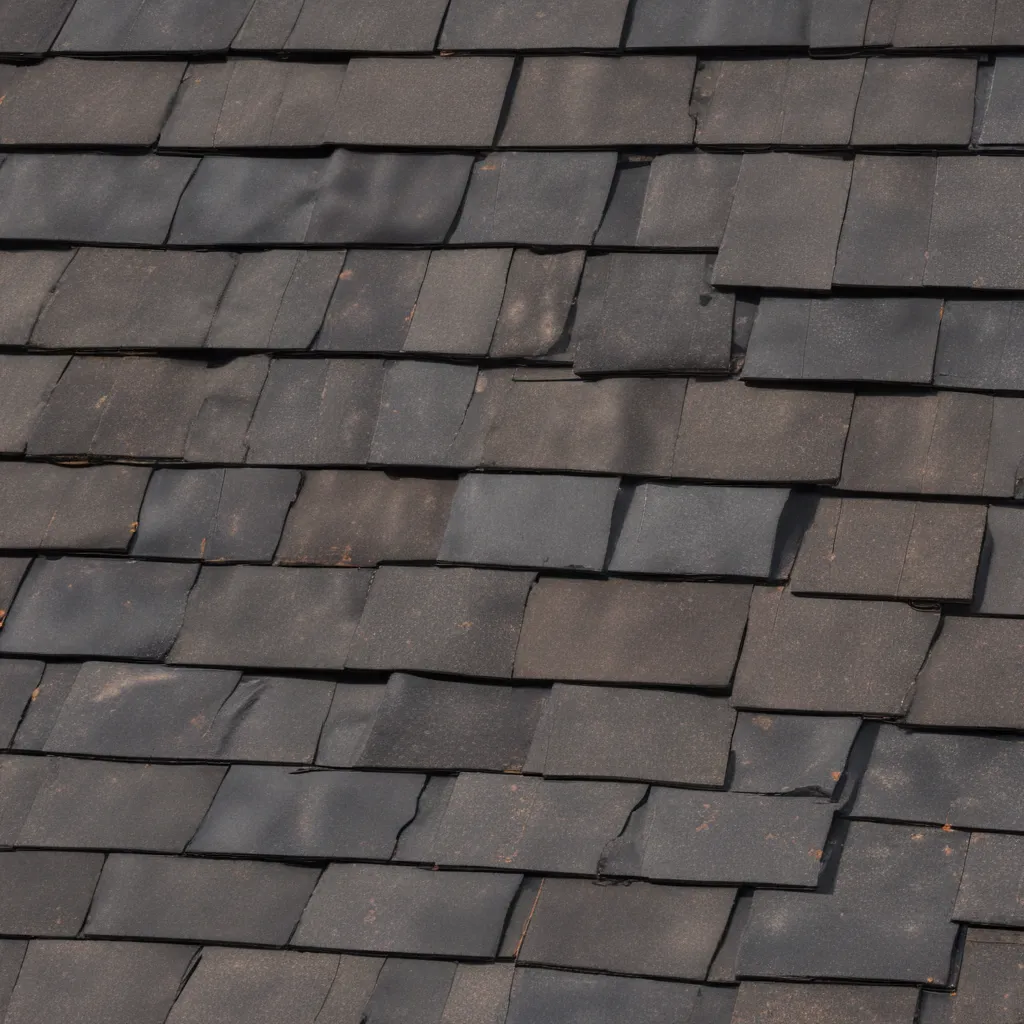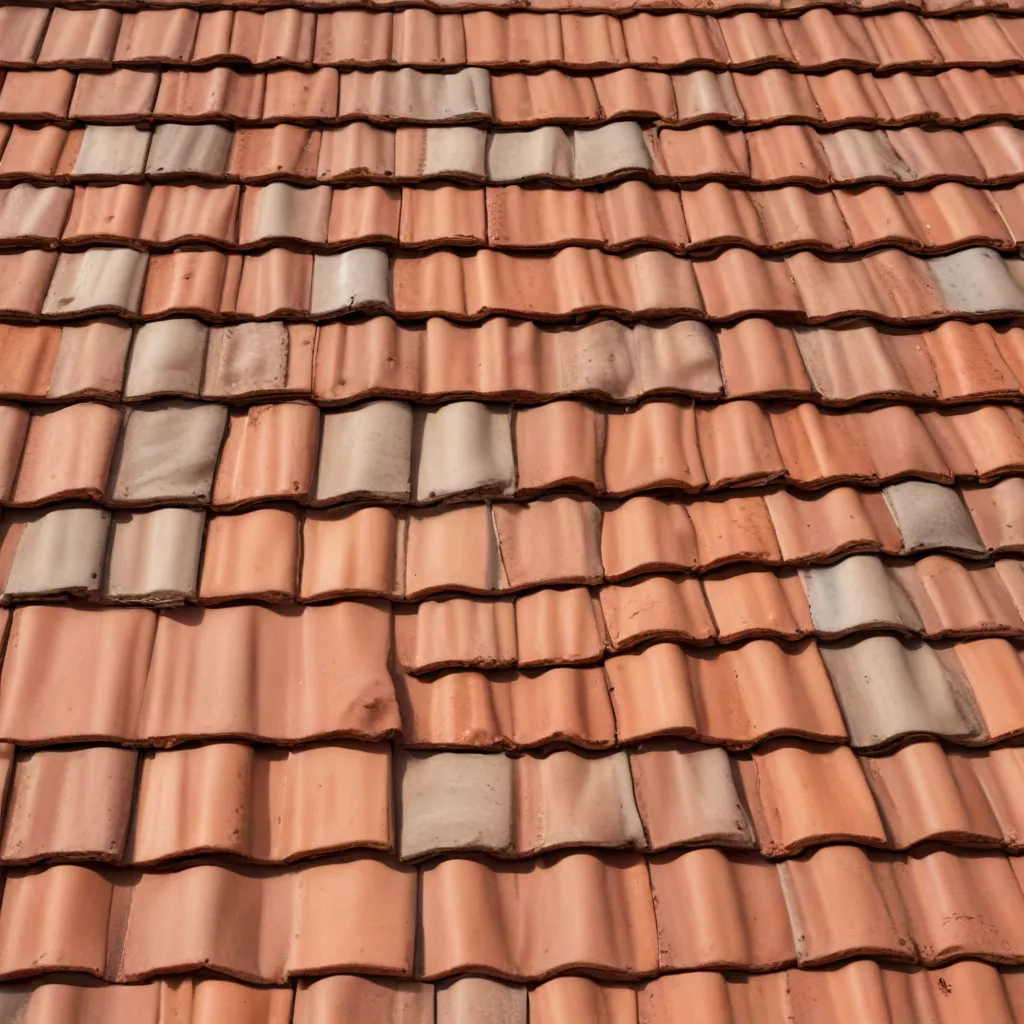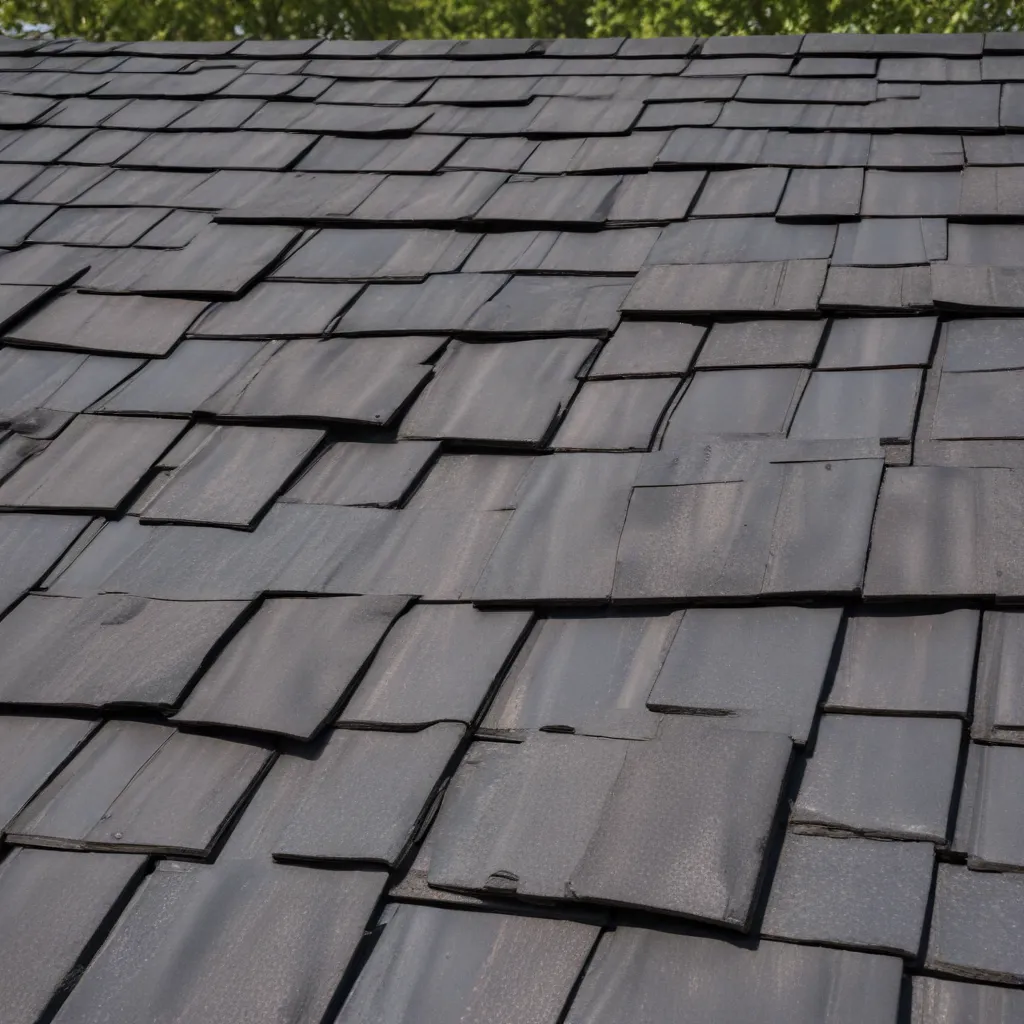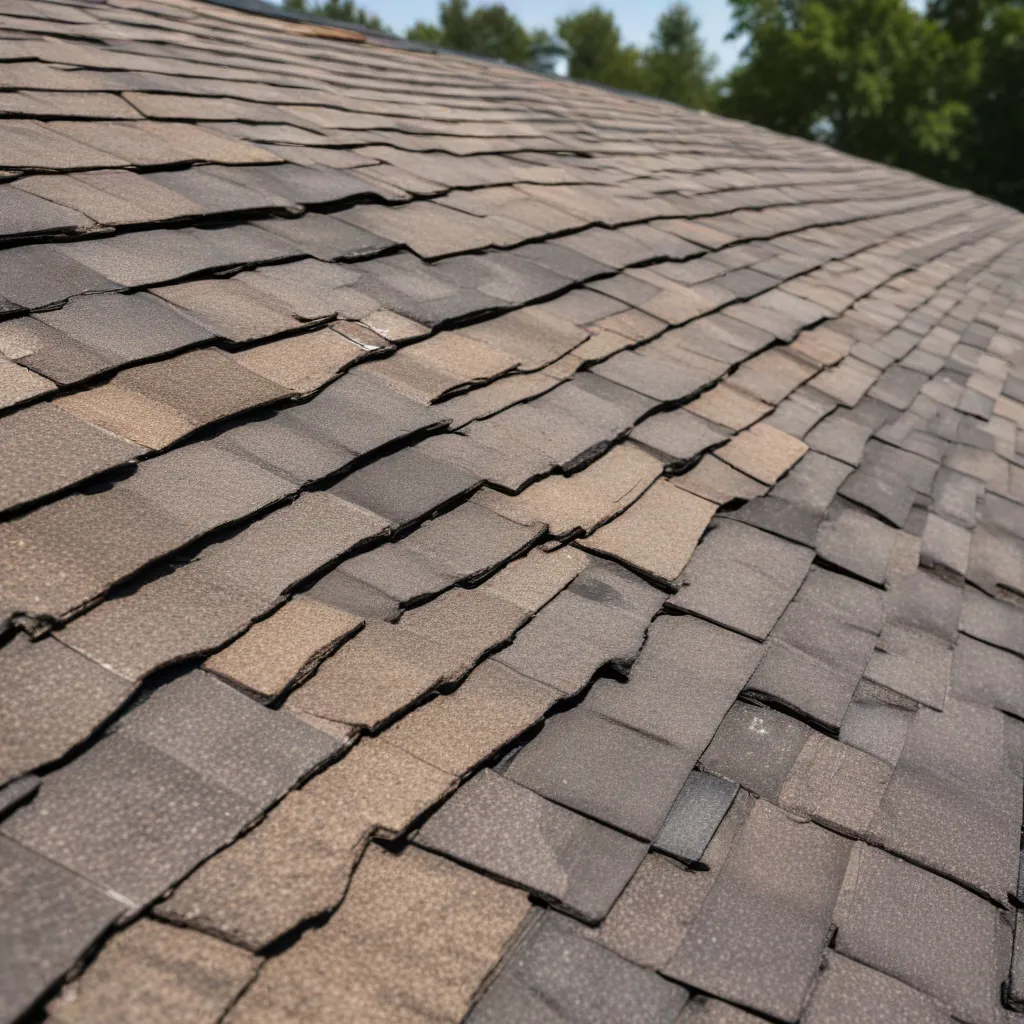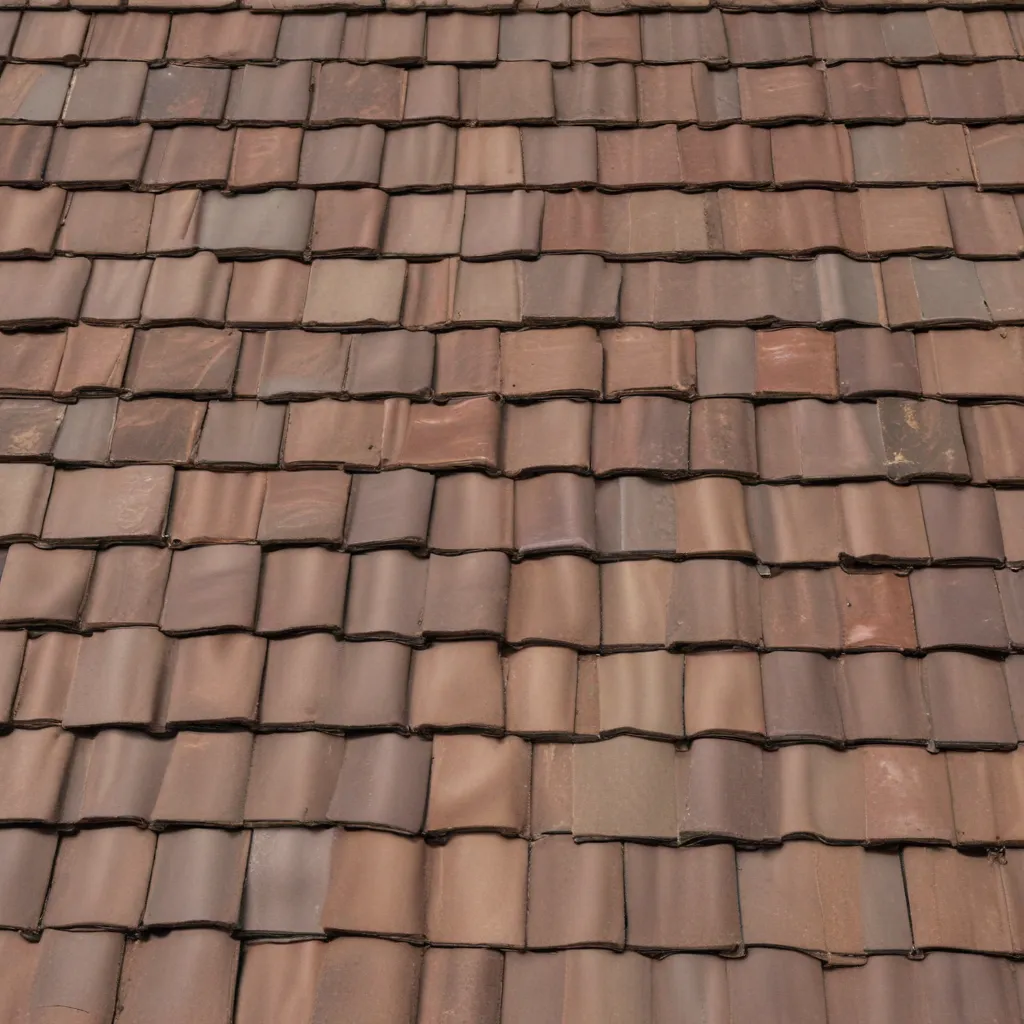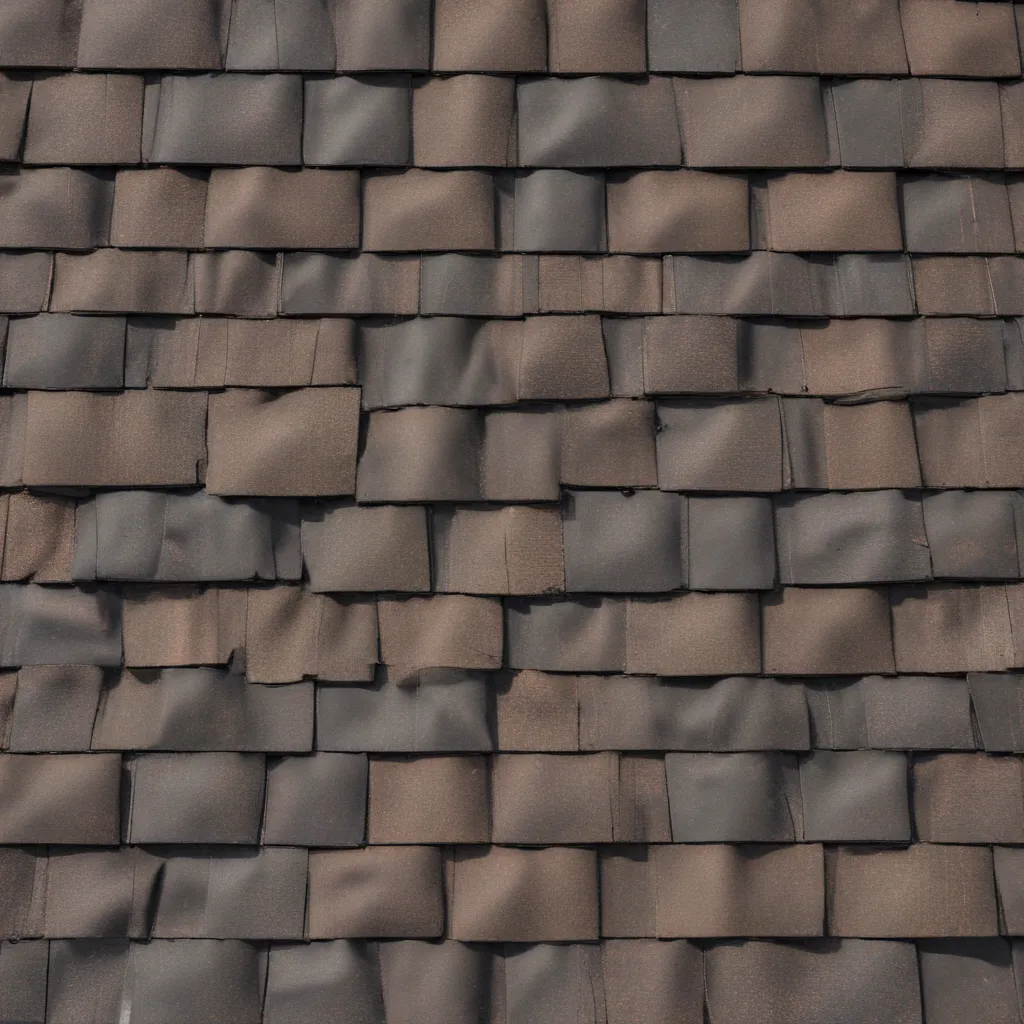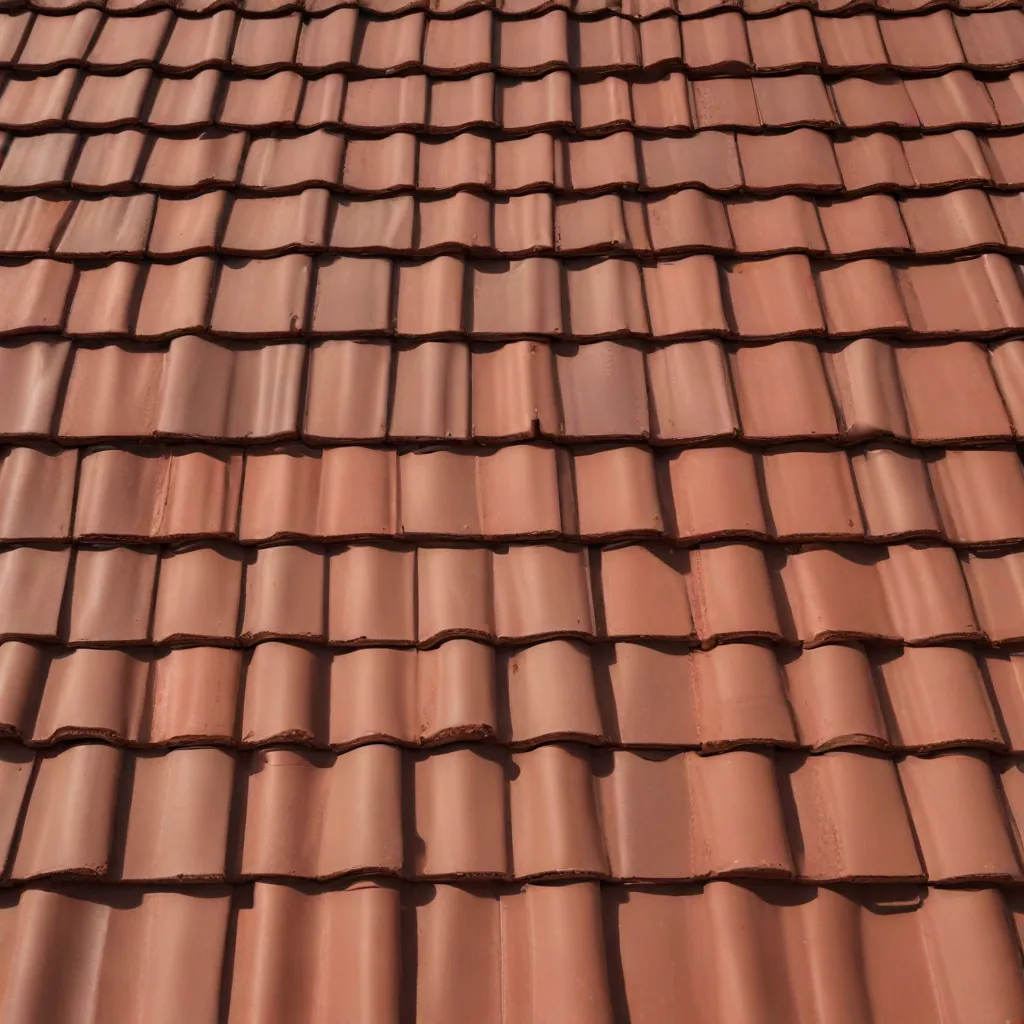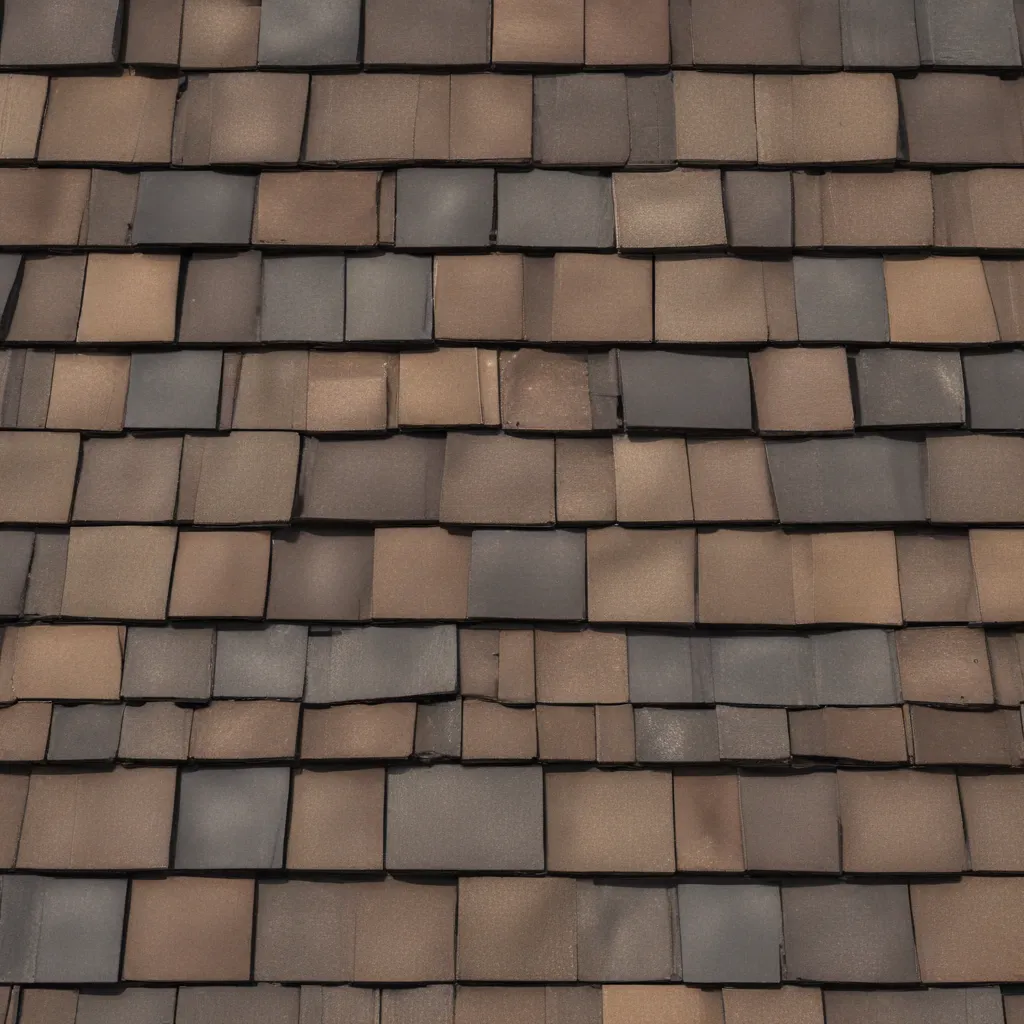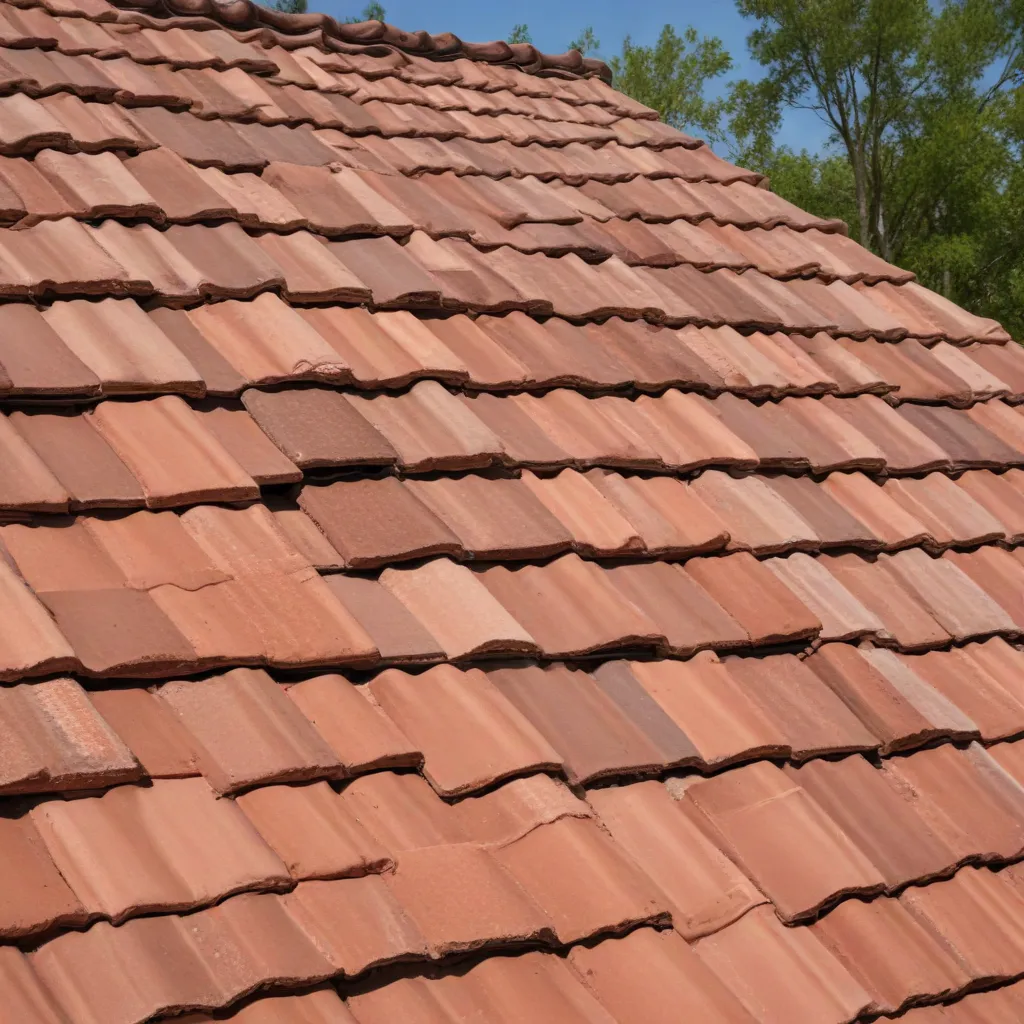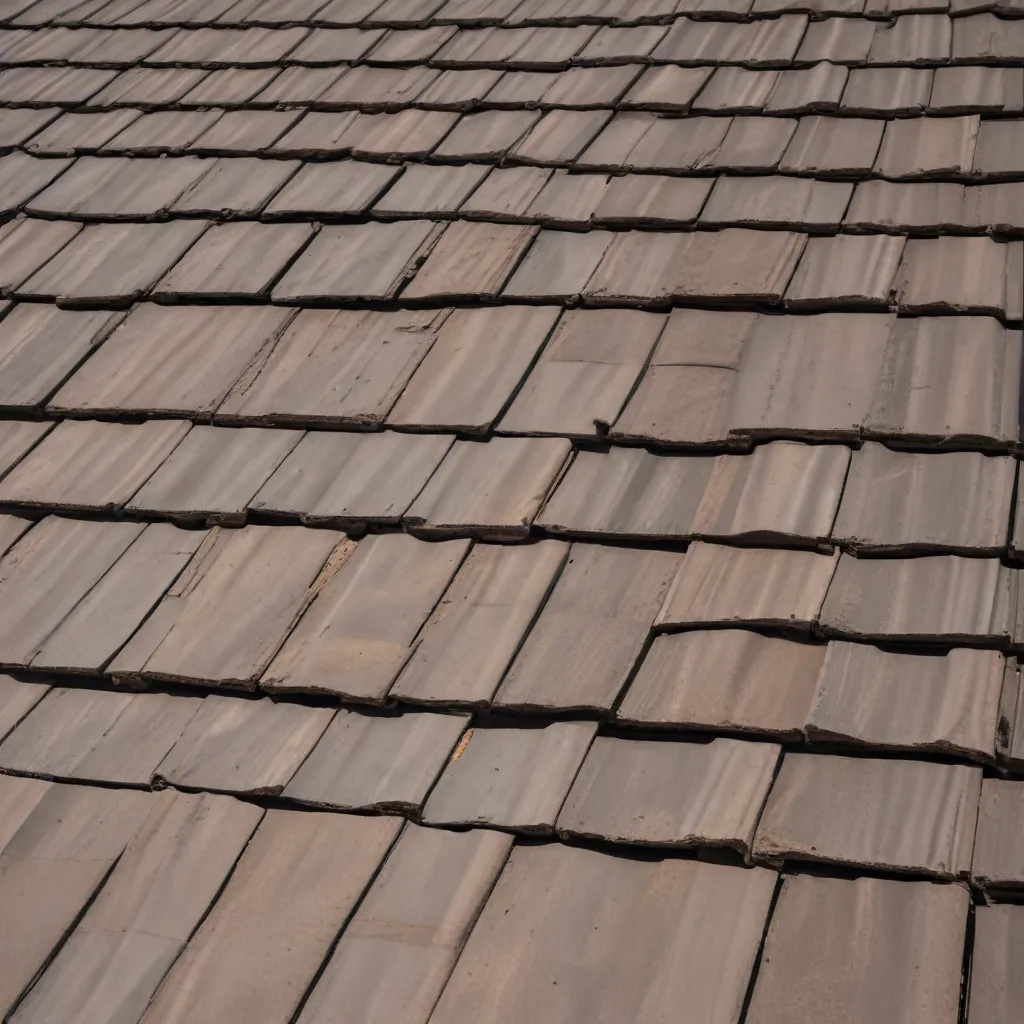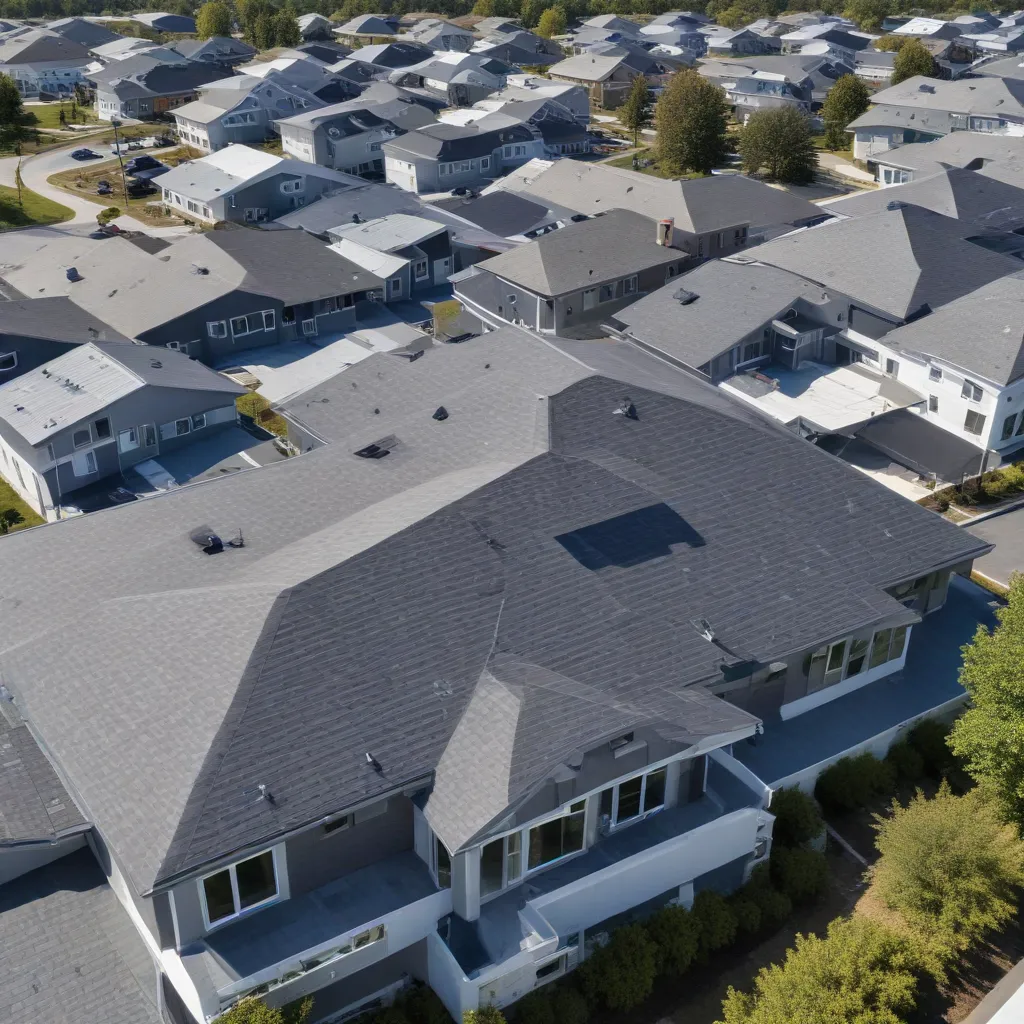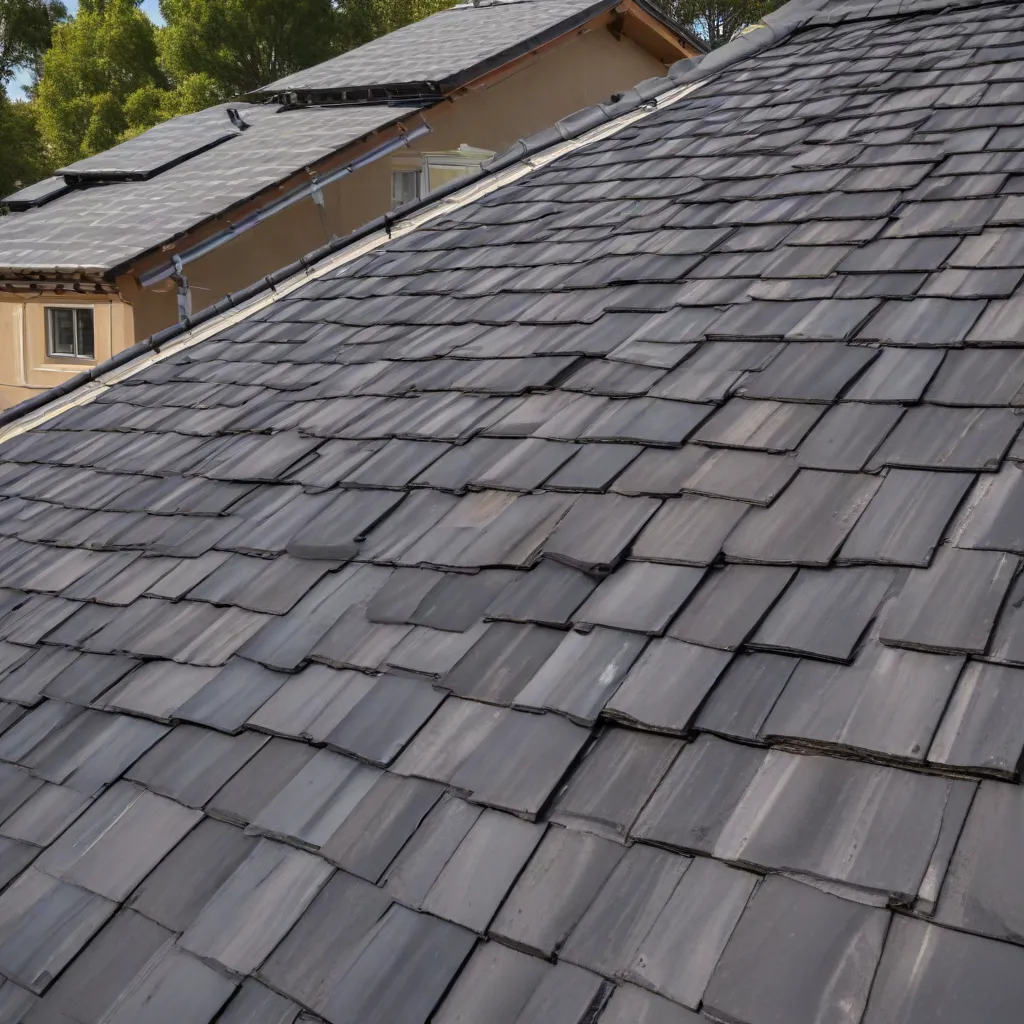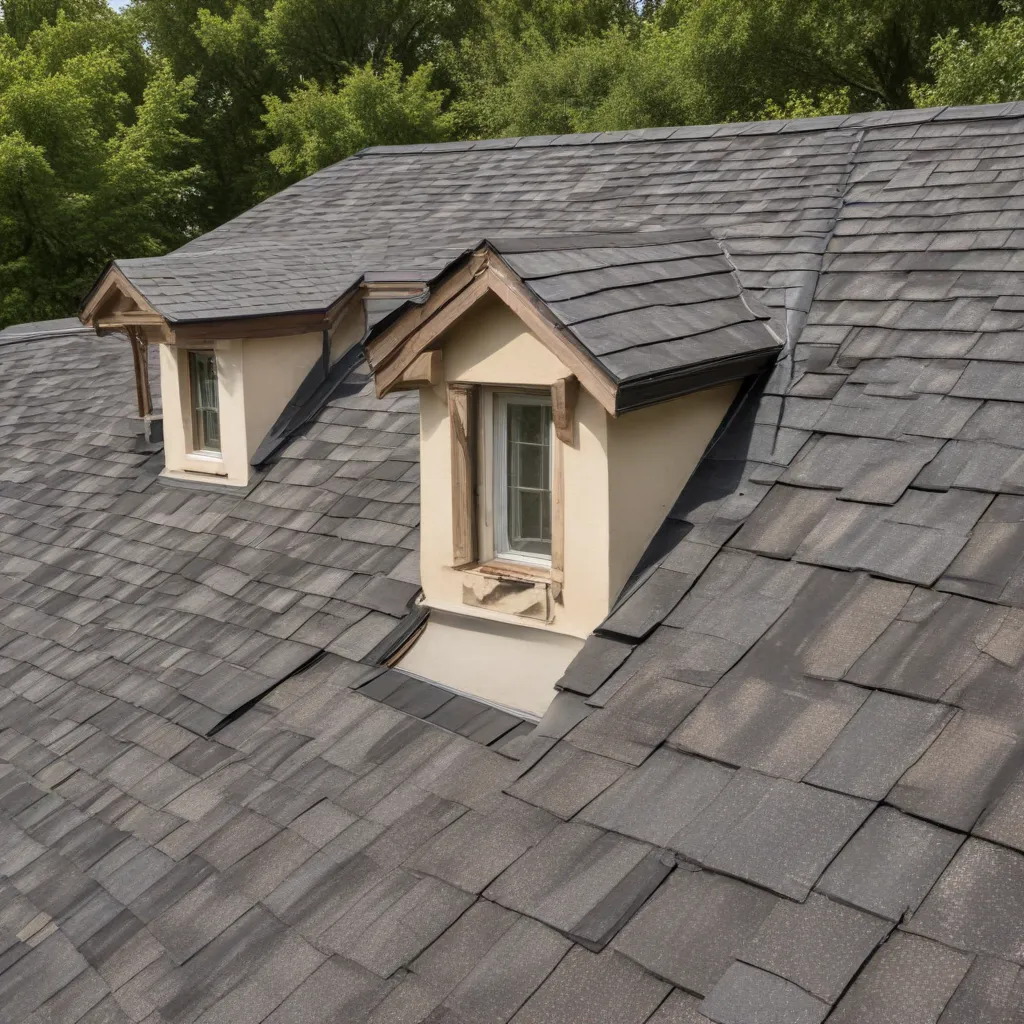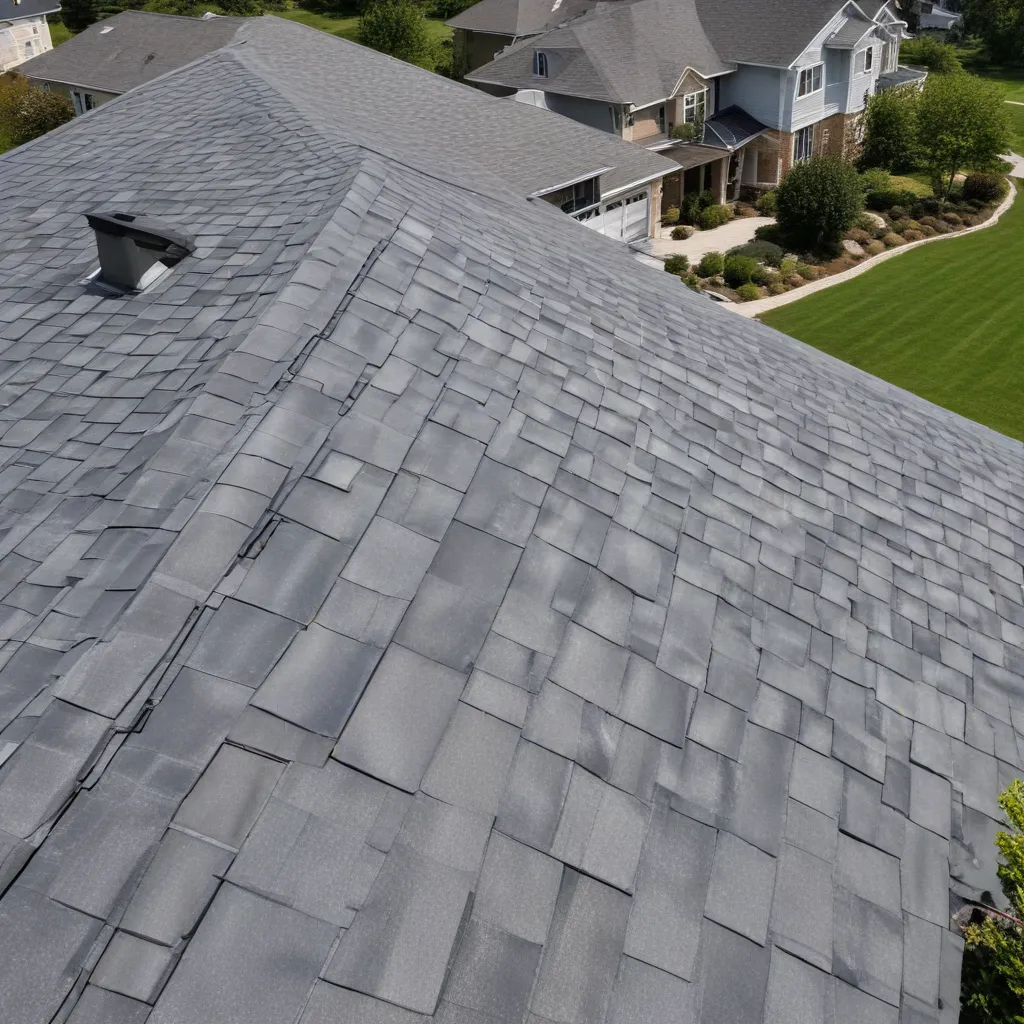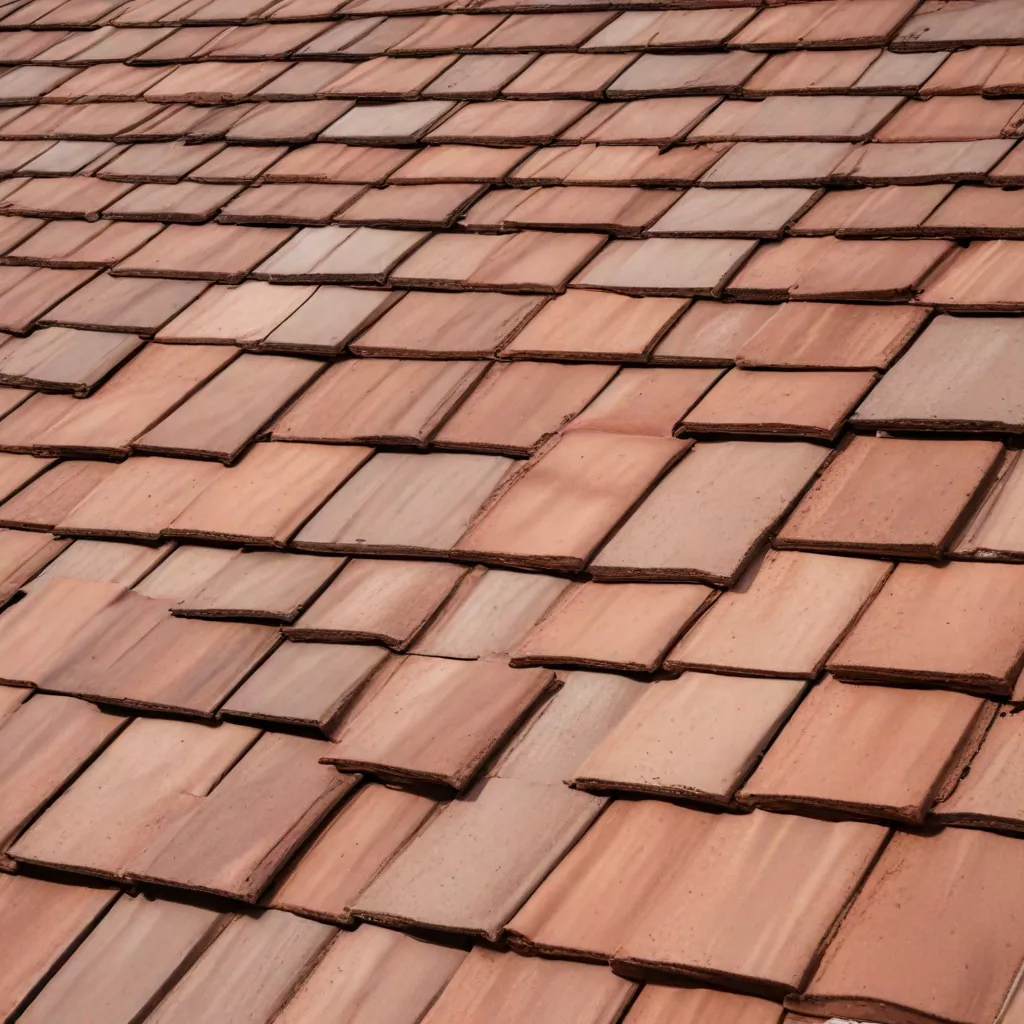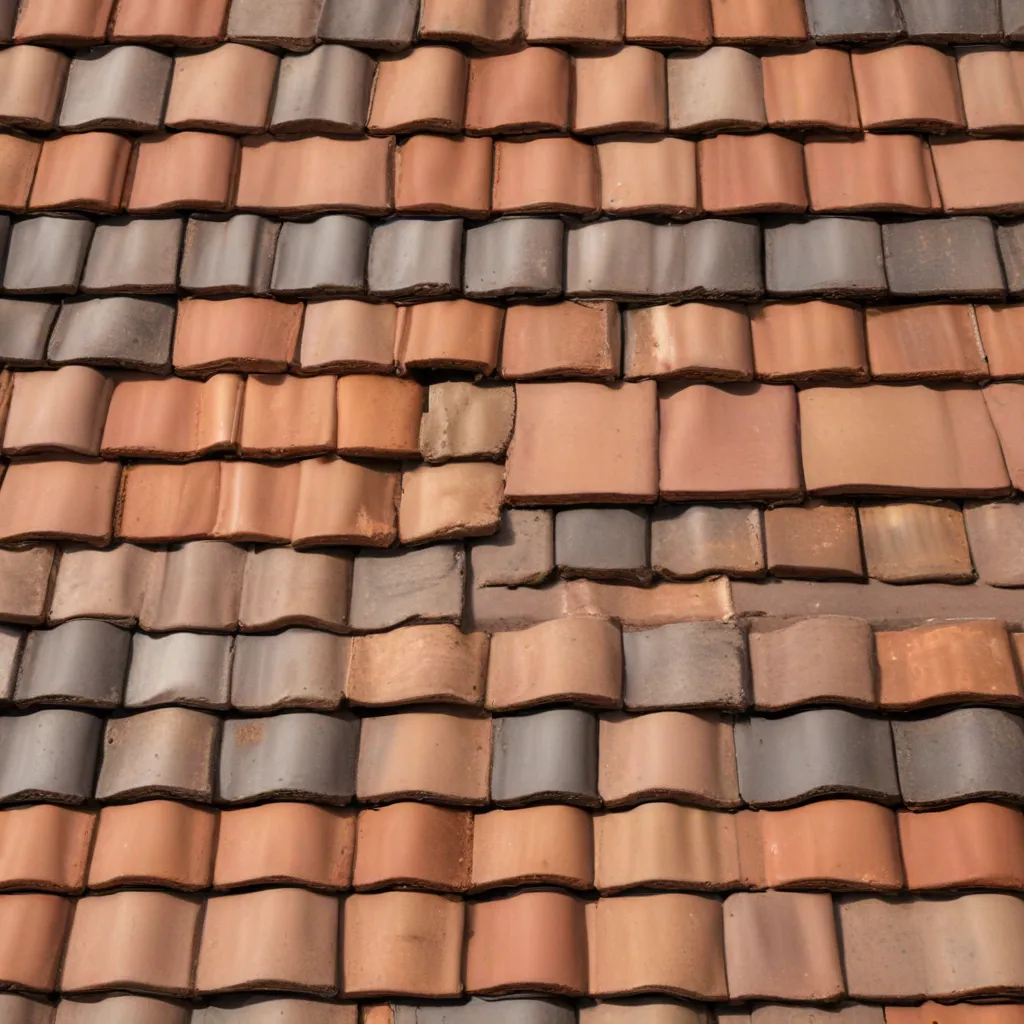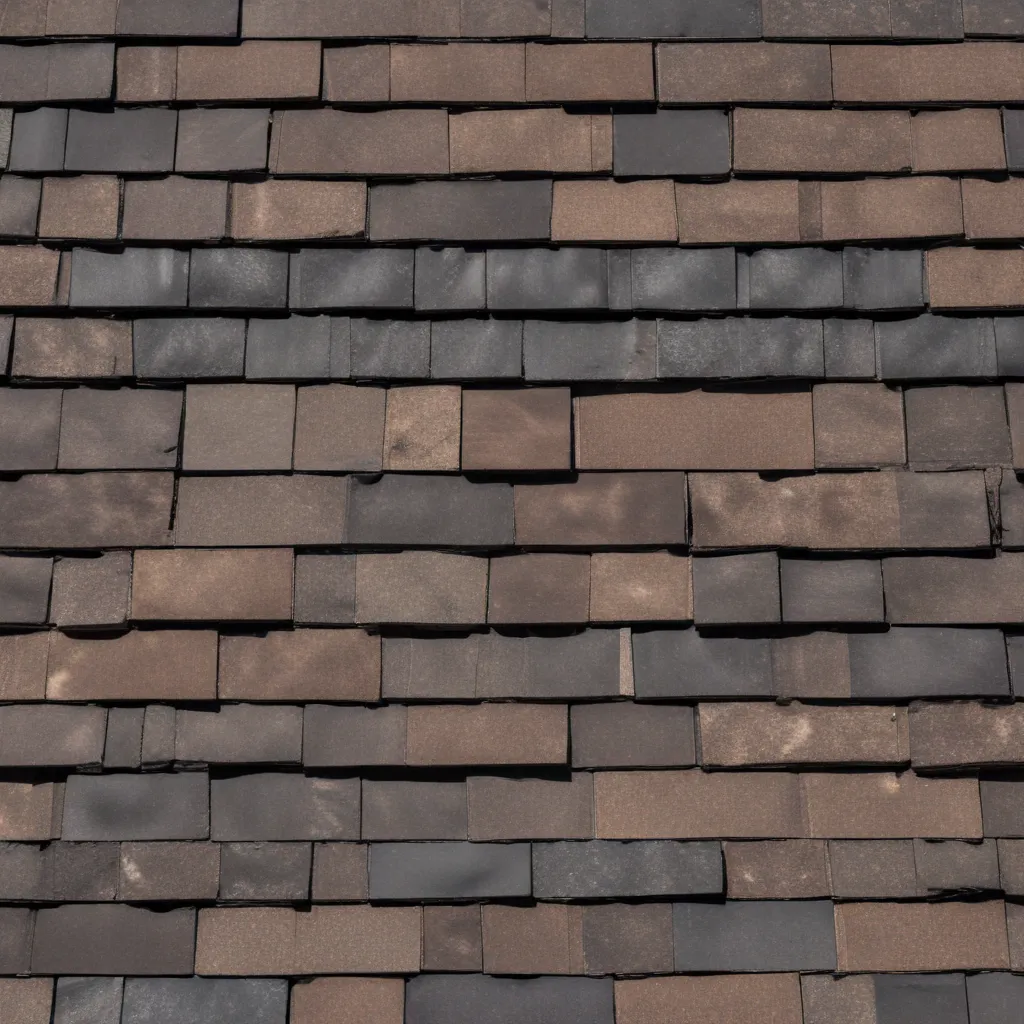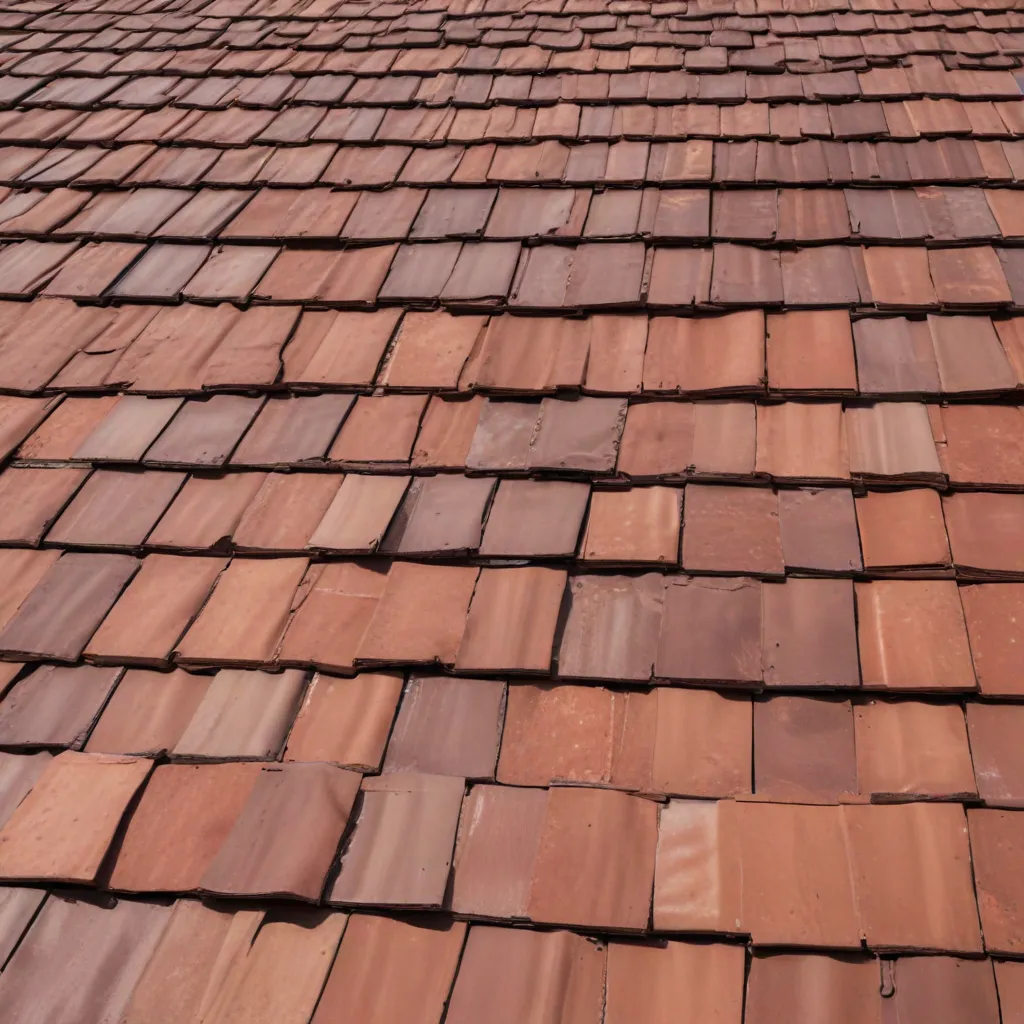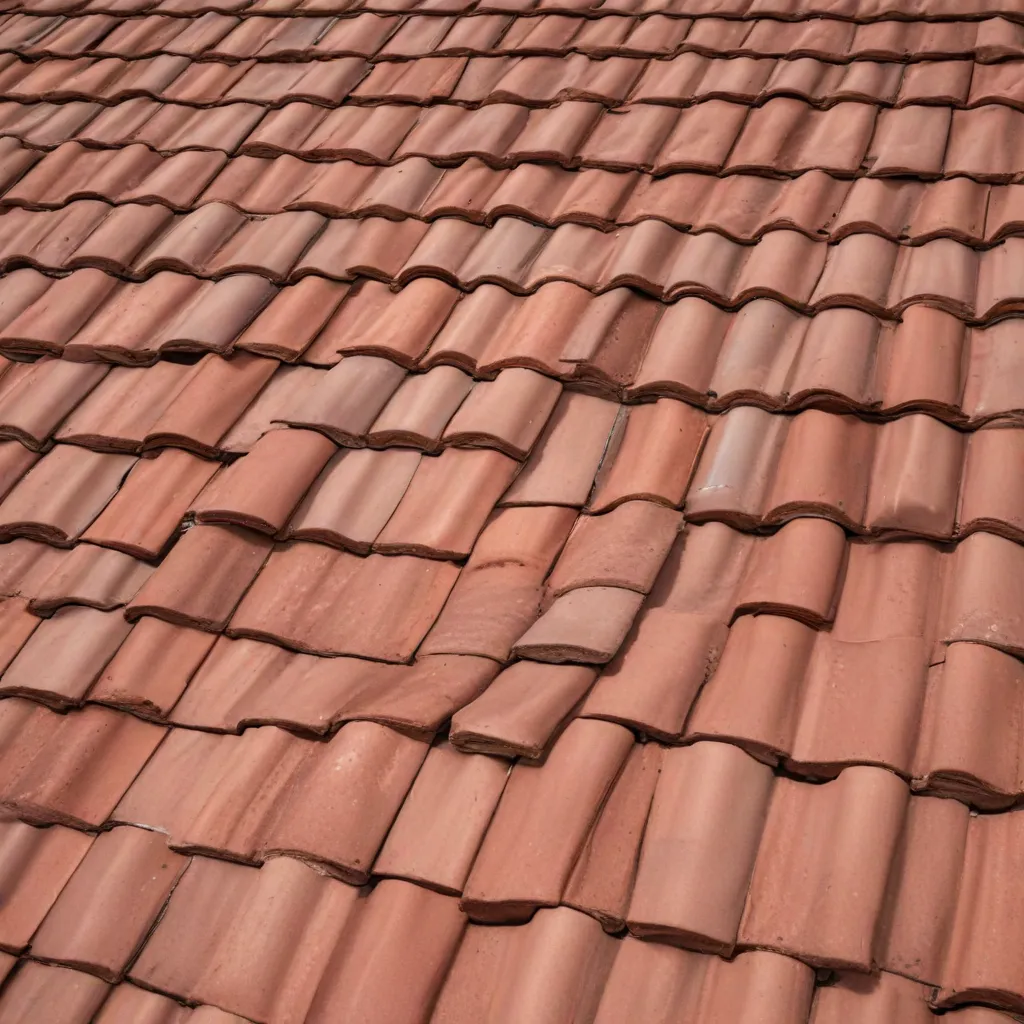
Tile roofs have long been prized for their timeless aesthetic, unparalleled durability, and exceptional protection against the elements. These roofing systems feature tiles made from a variety of materials, including clay, concrete, and slate, each offering distinct advantages in terms of appearance, longevity, and environmental impact. However, to ensure your tile roof maintains its peak performance and preserves its investment value, comprehensive maintenance is essential.
Tile Roof Characteristics
Tile Composition
The resilience of tile roofing stems from its material composition. Clay tiles are renowned for their fire-resistance and ability to withstand high winds, while concrete tiles offer exceptional strength and weather resistance. Slate tiles, on the other hand, are prized for their natural elegance and impressive lifespans, often lasting over a century with proper care.
Tile Shapes and Styles
Tile roofs come in a diverse array of shapes and styles, allowing homeowners to tailor the aesthetic of their property. From the classic Spanish-style curved tiles to the sleek, flat interlocking tiles, the options are vast, each offering unique visual appeal and complementing a wide range of architectural designs.
Tile Durability
One of the primary advantages of tile roofing is its remarkable durability. Properly installed and maintained, tile roofs can last for decades, often outliving the lifespan of a home itself. This longevity is a testament to the inherent strength and weather-resistance of the materials used, making tile an exceptional long-term investment for homeowners.
Tile Roof Maintenance Importance
Long-Term Protection
Maintaining your tile roof is crucial for ensuring its long-term protection and preserving the structural integrity of your home. Regular inspections and timely repairs can prevent minor issues from escalating into costly problems, such as water infiltration, structural damage, or even the need for a complete roof replacement.
Performance Optimization
Proactive maintenance also helps to optimize the performance of your tile roof, ensuring it continues to provide the exceptional thermal insulation, fire resistance, and weather protection that make it such a desirable choice for homeowners. By addressing problems early on, you can extend the lifespan of your roof and enjoy its benefits for years to come.
Cost-Effective Benefits
Investing in regular tile roof maintenance can also be a cost-effective strategy in the long run. By addressing issues before they become major problems, you can avoid the need for extensive, and often more expensive, repairs or premature roof replacement. This approach ultimately saves you money and preserves the value of your home.
Inspection and Evaluation
Regular Inspections
To maintain the optimal condition of your tile roof, it is recommended to schedule regular inspections by a qualified roofing professional. These inspections should be conducted at least once a year, or more frequently if your area experiences severe weather conditions, such as heavy storms, high winds, or hail.
Identifying Issues
During the inspection process, the roofing specialist will thoroughly examine your roof, looking for signs of cracked or missing tiles, damaged sealants, corrosion of fasteners, and any other potential issues that may compromise the integrity of your roofing system. By identifying these problems early, the specialist can recommend the appropriate course of action to address them.
Prioritizing Repairs
Based on the inspection findings, the roofing professional will work with you to prioritize any necessary repairs, ensuring that the most critical issues are addressed first. This approach helps to prevent further deterioration and maintain the overall performance of your tile roof.
Repair and Restoration Techniques
Tile Replacement
One of the primary repair techniques for tile roofs involves the replacement of damaged or missing tiles. The roofing specialist will carefully remove the affected tiles and replace them with new ones, ensuring a seamless and visually consistent appearance.
Sealant Application
In addition to tile replacement, the maintenance of tile roofs often requires the application of specialized sealants to joints, flashings, and other vulnerable areas. These sealants help prevent water infiltration and preserve the structural integrity of the roofing system.
Structural Reinforcement
In some cases, the roofing specialist may identify the need for structural reinforcement, such as the installation of additional underlayment or the strengthening of roof framing. These measures help to improve the overall load-bearing capacity of the tile roof, ensuring its long-term stability and performance.
Preventive Maintenance Strategies
Cleaning and Debris Removal
Regular cleaning and debris removal are essential components of tile roof maintenance. Over time, leaves, branches, and other organic matter can accumulate on the roof, creating a potential haven for moisture and moss or algae growth. By keeping the roof clean, you can improve its appearance and extend its lifespan.
Ventilation Optimization
Proper ventilation is crucial for the longevity of your tile roof. The roofing specialist will assess the condition of your roof’s ventilation system, ensuring that it is functioning efficiently to regulate temperature and humidity levels, preventing premature deterioration.
Proactive Interventions
In addition to routine maintenance, proactive interventions can also play a vital role in preserving the performance of your tile roof. This may include the application of protective coatings or the implementation of specialized drainage systems to mitigate the effects of severe weather conditions.
Roof Lifespan Extension
Maximizing Tile Longevity
By adhering to a comprehensive maintenance regimen, you can significantly extend the lifespan of your tile roof. Properly cared for, tile roofs can easily last for 50 to 100 years, providing long-lasting protection and exceptional return on investment.
Enhancing Aesthetic Appeal
Regular maintenance not only preserves the structural integrity of your tile roof but also enhances its aesthetic appeal. By addressing issues such as moss or algae buildup, discoloration, and tile damage, you can maintain the timeless beauty of your roof and add to the overall curb appeal of your property.
Increasing Property Value
The longevity and visual appeal of a well-maintained tile roof can also contribute to the increased value of your home. Potential buyers often view a tile roof as a valuable asset, recognizing its durability, energy efficiency, and the added protection it provides.
Sustainability Considerations
Environmental Impact
Tile roofing is renowned for its environmental sustainability. Many tile materials are made from naturally occurring resources, such as clay or slate, and are often recyclable at the end of their lifespan. Furthermore, the long-lasting nature of tile roofs reduces the need for frequent replacements, minimizing the environmental impact associated with construction waste.
Energy Efficiency
Tile roofs can also contribute to the energy efficiency of your home. The thermal mass of the tiles helps to regulate indoor temperatures, reducing the demand for heating and cooling, and leading to lower energy bills and a smaller carbon footprint.
Recycling and Reuse
When the time comes to replace a tile roof, the tiles themselves can often be reclaimed and repurposed, further enhancing the sustainability of this roofing solution. This approach not only reduces waste but also preserves the inherent value of the tiles, making them a truly eco-friendly choice for homeowners.
Maintaining the integrity of your tile roof is a crucial investment in the long-term protection and performance of your home. By embracing regular inspections, timely repairs, and proactive maintenance strategies, you can ensure your tile roof continues to deliver unparalleled durability, aesthetic appeal, and energy efficiency for many years to come. Genuine Roof Systems is committed to providing the expertise and resources needed to help you maximize the value of your tile roofing investment.

